Website Accessibility Compliance
How does the ADA apply to website accessibility?
 The Americans with Disabilities Act (ADA) of 1990 is a body of protective laws for people with disabilities. These laws exist because many businesses only meet the minimal requirements, and many business owners don’t think providing accessibility justifies related costs. In addition, the ADA protects people with disabilities from discrimination and guarantees them equal opportunity in the public and private sectors.
The Americans with Disabilities Act (ADA) of 1990 is a body of protective laws for people with disabilities. These laws exist because many businesses only meet the minimal requirements, and many business owners don’t think providing accessibility justifies related costs. In addition, the ADA protects people with disabilities from discrimination and guarantees them equal opportunity in the public and private sectors.
While the physical access aspects of the ADA are well-known to the general public, such as wheelchair ramps, smooth crosswalk transitions, and convenient parking spaces, the law also extends to numerous aspects that may be overlooked by those without disabilities. In terms of website disability compliance, the ADA mandates that both government entities and businesses provide accessible alternatives for individuals with disabilities in their online services, akin to the accessibility of physical entrances. The law aims to empower all members of society to engage in both digital and physical spaces. Unfortunately, not everyone comprehends the significance of digital accessibility, especially those who have never faced accessibility challenges due to a disability.
Websites did not exist when the ADA was enacted in 1990, which explains why the initial guidelines primarily focused on physical spaces. Consequently, this emphasis on physical spaces has created ambiguity regarding the application of the legislation to the digital realm and the extent of its coverage. Regrettably, Congress has not updated or amended the ADA; nevertheless, the U.S. Department of Justice (DOJ) and federal district and circuit courts have proactively interpreted the law inclusively. This lack of clarity has led to numerous businesses and government agencies being found liable for maintaining inaccessible websites.
ADA compliance concerning websites has become a significant concern for responsible business owners, especially considering the proliferation of related lawsuits in recent years. Although the ADA does not explicitly outline website requirements, the DOJ has proactively enforced web accessibility regulations. Moreover, federal and state courts have consistently ruled that the ADA, along with related state statutes, extends to inaccessible websites.

